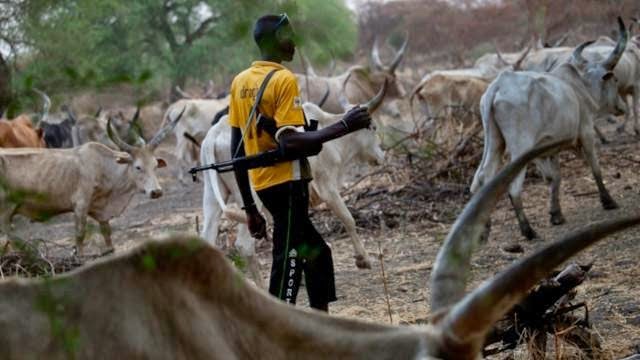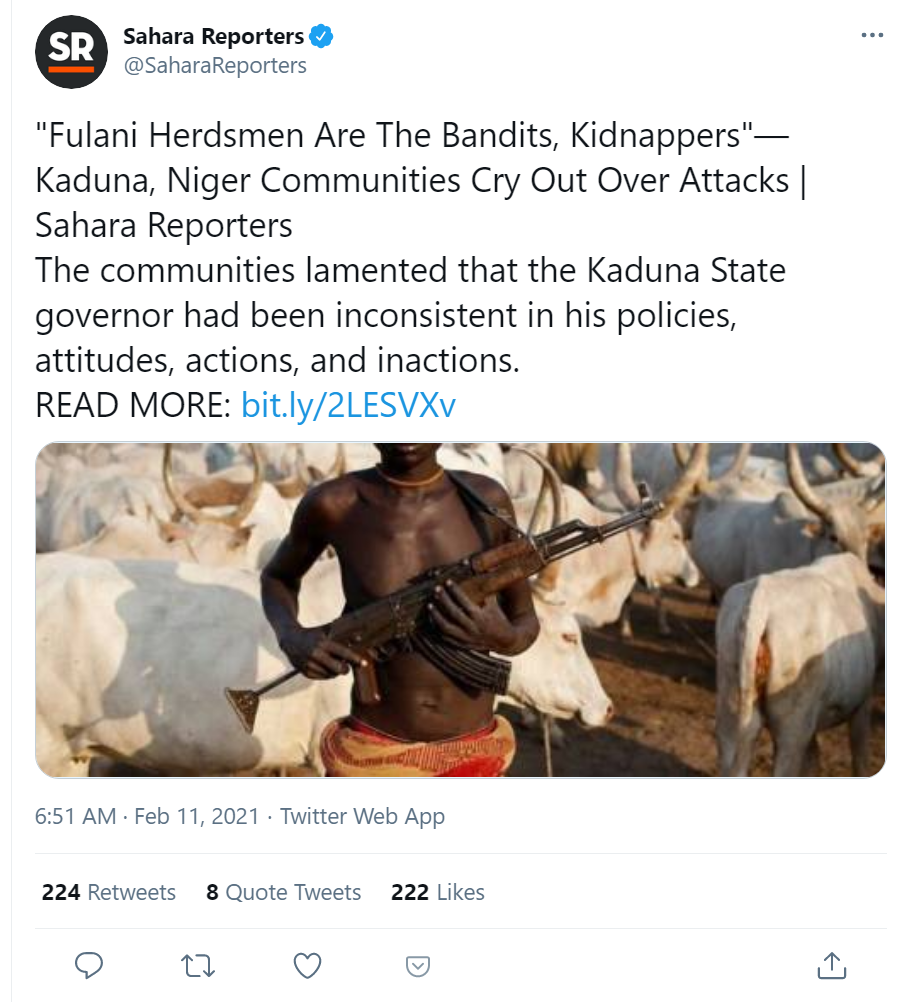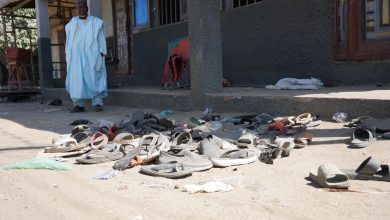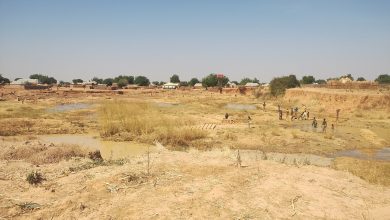Factcheck: These Photos Of Armed Herders Were Not Taken In Nigeria
Photos often used by local media organisations to represent criminal herdsmen in Nigeria have been found to have roots in Kenya, South Sudan and Tanzania.

Clashes between herdsmen and farmers in Nigeria have recently drawn more attention, especially with increased tension and hostilities in the southern region.
On the downside, misleading information around the subject has become more common, including pictures of armed herdsmen wrongly used to depict the country’s situation.
In one instance, a prominent news platform, Sahara Reporters, published a picture of a bare-chested herder posing with an assault rifle on Thursday, last week.
The picture was included in a report about residents of communities in Niger and Kaduna states on herders in Nigeria. It was also attached to a post on Twitter, which has since been shared over 230 times and liked by over 220 members of the microblogging platform.
The same day, the news outlet used another picture of an armed pastoralist directing his cattle from behind in a report about an attack in Ogun State, Southwest Nigeria. This also had hundreds of engagements on Twitter.
Some weeks earlier, on Jan. 29, the feature image used by Vanguard Nigeria for a news report about the farmers-herders crisis in the country was a picture of a young pastoralist holding a cane and an automatic rifle resting on his shoulders.
Reverse image searches conducted by HumAngle, however, revealed the three pictures originated from other African countries.
As shown in a search on TinEye, the first picture was published by CBS News in a 2014 photo gallery about the crisis in South Sudan. The United States-based news network credited the image to Reuters photographer Goran Tomasevic.
It went on to caption it: “A man from the Dinka tribe holds his AK 47 rifle in front of cows in a Dinka cattle herders camp near Rumbek, in central South Sudan, Dec. 14, 2013.”
Though available information on the second picture is more scanty, a Google reverse image search revealed that it likely first appeared on the internet through publication on a foreign blog.
It was featured in a news report written in Swahili and published by a Tanzanian platform on Aug. 30, 2014.
“Fighting has erupted between pastoralists and farmers in Jiungeni Lolokai village, Ruvu ward in Same district and already four farmers have been seriously injured by traditional weapons, and one has been rushed to KCMC Referral Hospital for further treatment,” the post said.
“The Kilimanjaro Regional Police Force has confirmed the incident and that its officers have been deployed to the scene to control the violence,” the report added.
The third picture, uploaded by Vanguard, was traced using TinEye and it led to Getty Images, an online library of creative stock photos and vector art illustrations. The picture, which was credited to AFP’s Tony Karumba, was taken in Turkana, Kenya.
“Armed Turkana herdsmen guard their livestock at a watering hole at Oropoyi in Kenya’s northwestern district of Turkana [on] 03 March 2006,” the caption read.
It further explained: “Armed raids and cattle rustling have intensified between communities in the area over water and pasture sites common to communities in Uganda, Kenya, Sudan and Ethiopia following a prolonged dry spell that has intensified competition among the communities that occasionally lead to armed confrontations and even fatalities.”
For many years, all three pictures have been used repeatedly, often without helpful captions, by various local media outlets to represent events in Nigeria. Although they are misleading, there have been many reports of attacks perpetrated by armed herders or herders’ arrest with firearms.
In April 2016, the Nigerian Army announced that the Guards Brigade soldiers had arrested 92 armed herdsmen in Abuja.
The items seized included one pump action gun, 19 cartridge Dane guns, 118 cartridge ammo, 28 cutlasses, and three jackknives. A similar arrest of 47 armed herdsmen in Ibarapa North Local Government Area of Oyo State was reported in January.
Support Our Journalism
There are millions of ordinary people affected by conflict in Africa whose stories are missing in the mainstream media. HumAngle is determined to tell those challenging and under-reported stories, hoping that the people impacted by these conflicts will find the safety and security they deserve.
To ensure that we continue to provide public service coverage, we have a small favour to ask you. We want you to be part of our journalistic endeavour by contributing a token to us.
Your donation will further promote a robust, free, and independent media.
Donate HereStay Closer To The Stories That Matter






